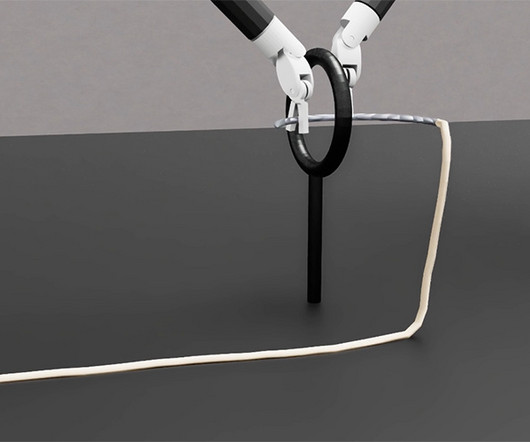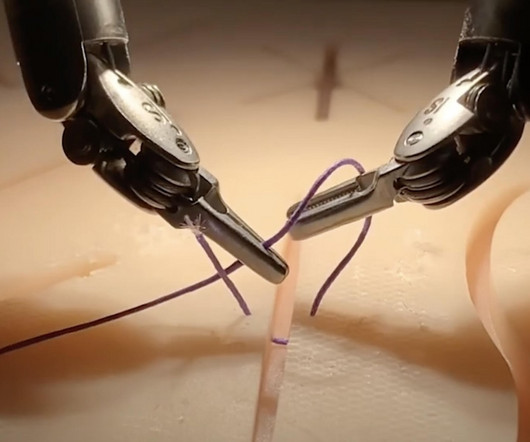50 most innovative robotics companies
Robotics Business Review
APRIL 2, 2025
We are passionate about the impact robotics can have on the world. Thats why for 14 years, the RBR50 Robotics Innovation Awards have honored the most innovative robotics companies, technologies, and applications from around the world. The RBR50 Gala returns April 30 from 6-8 PM in Boston at the Robotics Summit & Expo.













Let's personalize your content